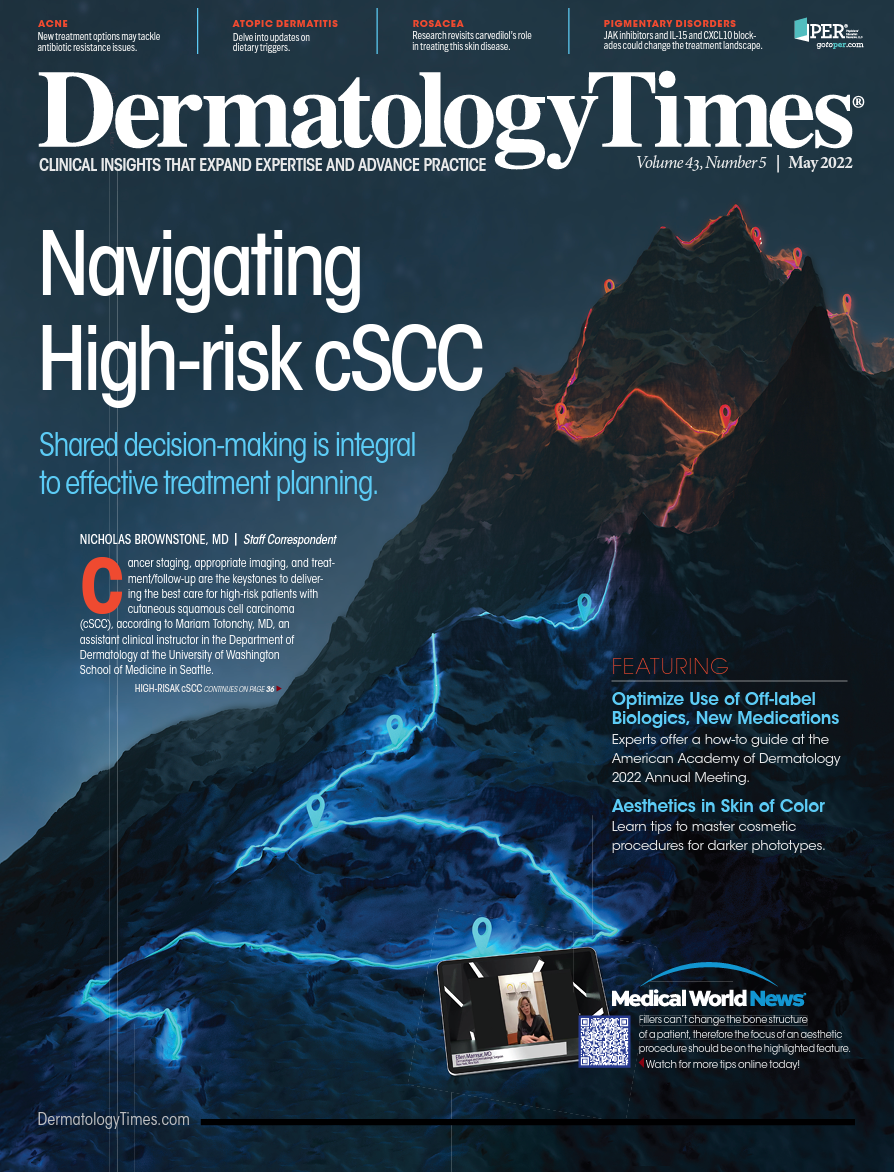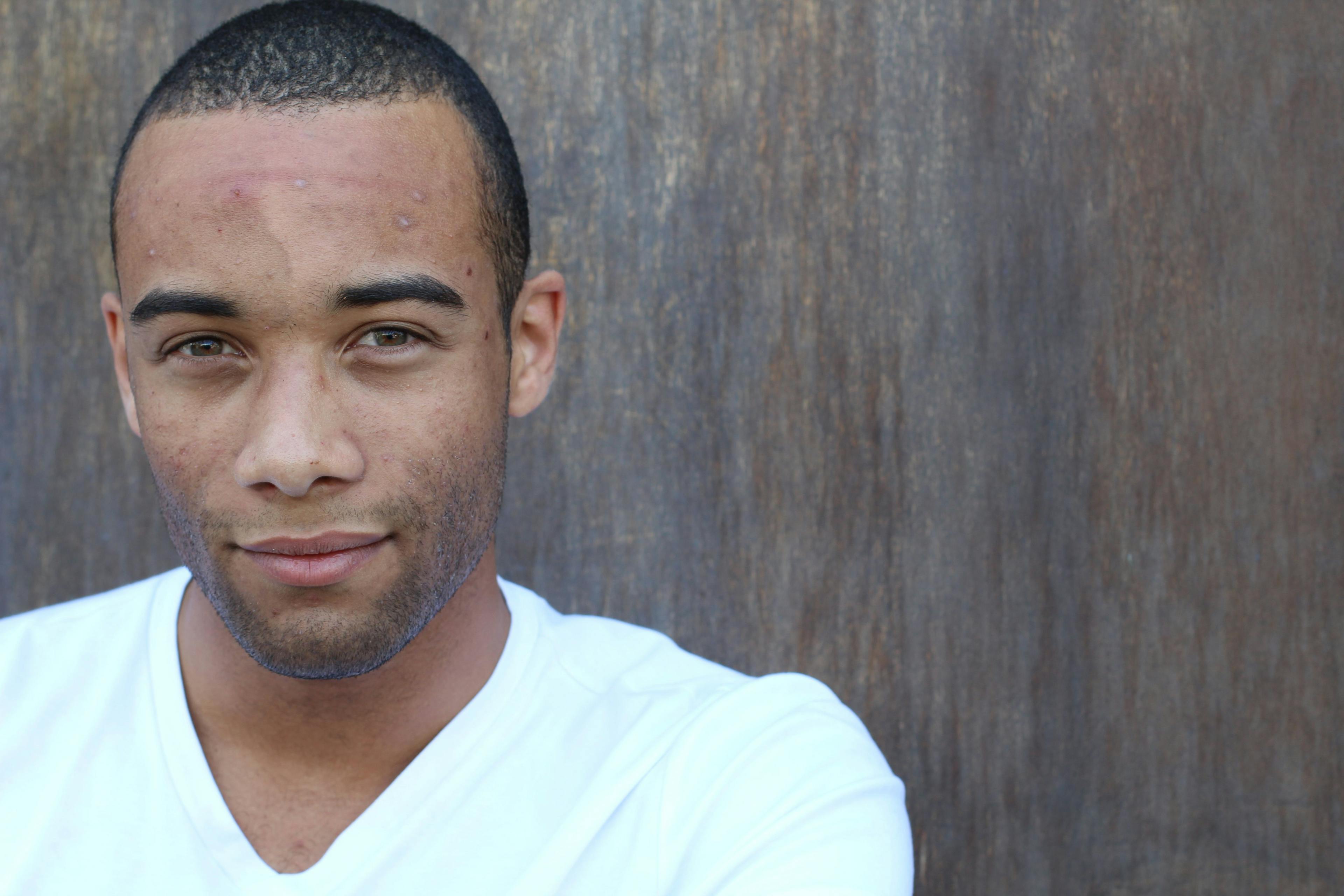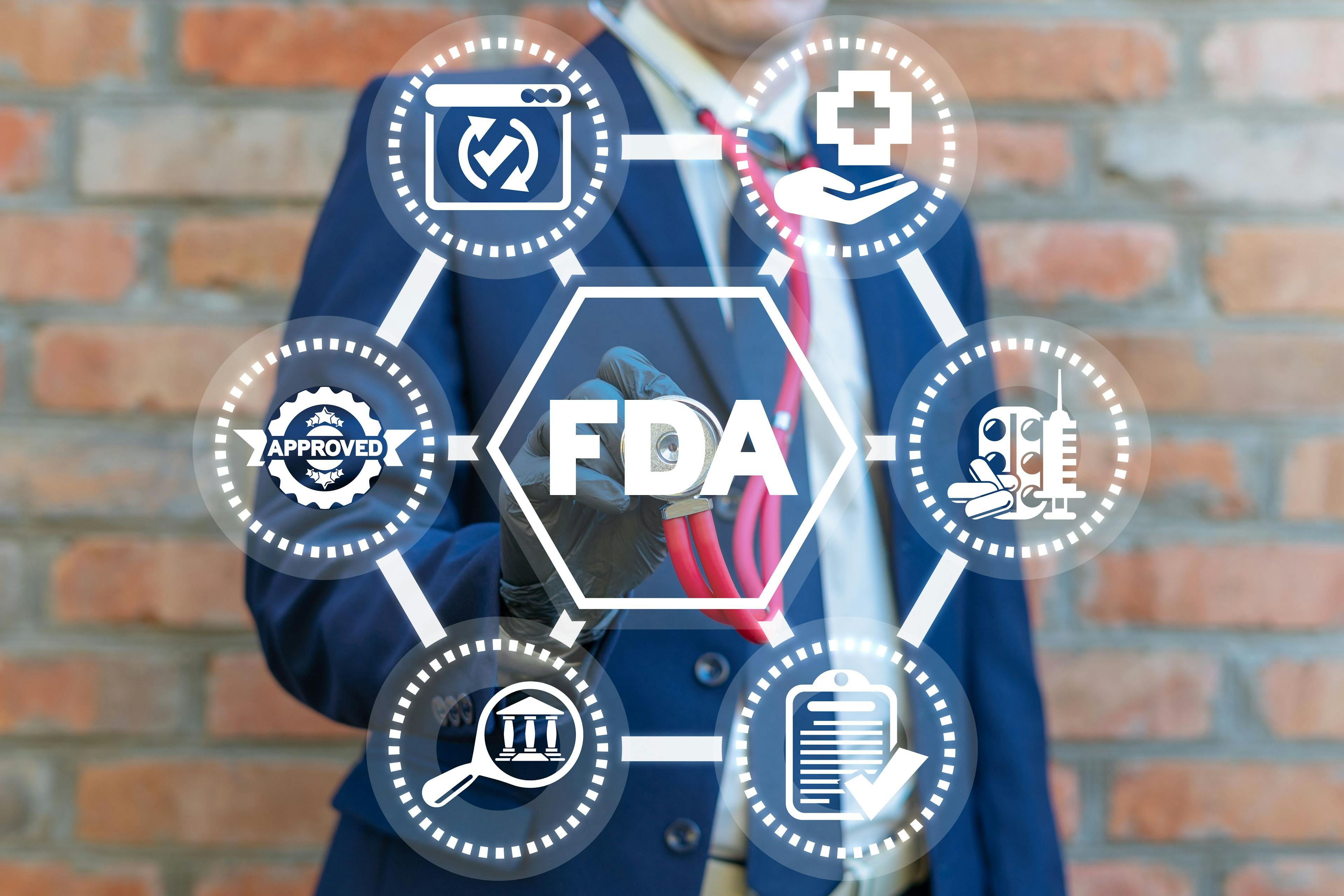- Acne
- Actinic Keratosis
- Aesthetics
- Alopecia
- Atopic Dermatitis
- Buy-and-Bill
- COVID-19
- Case-Based Roundtable
- Chronic Hand Eczema
- Chronic Spontaneous Urticaria
- Drug Watch
- Eczema
- General Dermatology
- Hidradenitis Suppurativa
- Melasma
- NP and PA
- Pediatric Dermatology
- Pigmentary Disorders
- Practice Management
- Precision Medicine and Biologics
- Prurigo Nodularis
- Psoriasis
- Psoriatic Arthritis
- Rare Disease
- Rosacea
- Skin Cancer
- Vitiligo
- Wound Care
Publication
Article
Dermatology Times
Risk of Bacterial Resistance in Systemic Antibiotic Use for Acne
Author(s):
In a presentation at the recent AAD annual meeting, Diane M. Thiboutot, MD, discusses the potential risks of antibiotic resistance in acne management.
Antibiotics for acne continue to come with ambiguities concerning long-term use and antibiotic resistance. In a presentation at the recent American Academy of Dermatology (AAD) Annual Meeting, held March 25 to 29, in Boston, Massachusetts, Diane M. Thiboutot, MD, highlighted data on these issues and potential alternatives to some frequently used options.1
Thiboutot is a professor of dermatology at the Pennsylvania State University College of Medicine, in Hershey.
Systemic antibiotics are recommended for moderate to severe acne management and forms of inflammatory acne resistant to topical alternatives, she said. Of the systemic antibiotic options, she noted that doxycycline and minocycline are more effective than tetracycline, however neither doxycycline nor minocycline is superior then the other.
Oral erythromycin and azithromycin should be limited to patients unable to use tetracyclines, like those who are pregnant or children under 8 years old. Additionally, erythromycin should be restricted as it holds an increased risk of bacterial resistance, according to Thiboutot.
She continued, noting that monotherapy with systemic antibiotics is not recommended. The use of systemic antibiotics other than the tetracyclines and macrolides is also discouraged because of limited acne-use data.
Systemic antibiotics, she recommended, should be limited to the shorted possible duration to minimize the risk of bacterial resistance. For the management of acne after systemic antibiotics, concomitant topical therapy with benzoyl peroxide or a retinoid can be used.
In 2015, the World Health Organization announced the global emergence of antibiotic-resistant strains of bacteria as an urgent crisis, according to the presentation.
Specifically in the use of oral and topical antibiotics, selection pressure is induced, which favors persistence of bacteria that are less sensitive to the antibiotic administered, according to Thiboutot. Additionally, this can also affect similar antibiotics that are susceptible to cross-resistance mechanisms.
Thiboutot explained that emergent antibiotic-resistant bacteria may include commensal flora and transient pathogenic flora. This includes Staphylococcus aureus and Streptococcus pyogenes.
A study in the Journal of the American Medical Association Dermatology highlighted microbiome changes with systemic minocycline therapy for acne. The study participants, 4 women with acne treated with oral minocycline, saw a significant decrease in the abundance of Cutibacterium acnes concurrently with a significant increase in Pseudomonas species following 4 weeks of treatment.2
Eight weeks after antibiotic withdrawal, the C. acnes levels had recovered, however, streptococcus species had significantly increase. Lactobacillus species has also significantly decreased compared to baseline.
In regard to any potential risk of long-term antibiotic use for acne, Thiboutot said that their use is associated with the “disruption of normal flora, bacterial resistance among other organisms and increased rates of upper respiratory infection and pharyngitis,” according to the presentation. There is also a potential association with antibiotic use and inflammatory bowel disease and collagen vascular disease. Also, an association between the use of oral tetracycline class antibiotics may be seen in risk for breast and colon cancer, she said.
However, a systematic review of the association between long-term antibiotics for acne and subsequent infection sequelae and antimicrobial resistance (AMR) showed low or very low-quality evidence supporting long-term oral antibiotics for acne being associated with infectious outcomes of AMR, according to the presentation.
She explained that alternatives to long-term antibiotic use in acne are key to reducing the risk of bacterial resistance. This includes use of benzoyl peroxide, topical retinoids, hormonal therapies in women like spironolactone, and behavioral strategies. Thiboutot concluded by stating the need for additional studies to examine the effects of long-term use on subsequent infection and antimicrobial resistance but relents that this would be a challenging study to conduct.
References:
- Keri JE, Stein Gold LF, Thiboutot DM, et al. Translating evidence into practice: acne guidelines. Presented at: 2022 American Academy Dermatology Association Annual Meeting; March 25-29, 2022; Boston, MA.
- Bhate K, Lin LY, Barbieri JS, et al. Is there an association between long-term antibiotics for acne and subsequent infection sequelae and antimicrobial resistance? A systematic review. BJGP Open. 2021;5(3):BJGPO.2020.0181.

Newsletter
Like what you’re reading? Subscribe to Dermatology Times for weekly updates on therapies, innovations, and real-world practice tips.






























